PTFE (Polytetrafluoroethylene) presser foot molding machines are specialized equipment used in the production of PTFE components, particularly for the textile and industrial sectors. These machines are designed to mold PTFE into presser feet, which are integral parts in various manufacturing processes.
Key Uses of PTFE Presser Foot Molding Machines
-
Textile Industry:
PTFE presser feet are commonly used in sewing machines for textile applications. These molded feet help reduce friction between the fabric and sewing machine, leading to smoother stitching. -
Non-stick Applications:
PTFE presser feet are prized for their non-stick properties, making them ideal for use in machinery that processes sticky materials, such as fabrics coated with adhesives or polymers. -
Food Processing:
The food industry benefits from PTFE presser feet due to the material’s FDA-approved status and non-toxic properties. These feet are used in food packaging machines, especially when heat and cleanliness are crucial. -
Medical and Pharmaceutical Manufacturing:
In sterile manufacturing environments, PTFE presser feet prevent contamination and wear in equipment used for processing sensitive materials. -
High-Temperature Applications:
PTFE’s high-temperature resistance makes it an ideal choice for molding presser feet used in machinery that operates at elevated temperatures, such as in plastic molding or heat-sealing processes.
Advantages of PTFE in Presser Foot Molding
- Durability: PTFE is highly resistant to wear and tear, providing long-lasting performance.
- Temperature Resistance: Can withstand extreme temperatures, ensuring consistent quality in high-heat environments.
- Chemical Resistance: Ideal for industries dealing with harsh chemicals or corrosive substances.
Conclusion
PTFE presser foot molding machines play a critical role in industries requiring durable, non-stick, and high-performance components. Their versatility across various sectors highlights their importance in modern manufacturing.
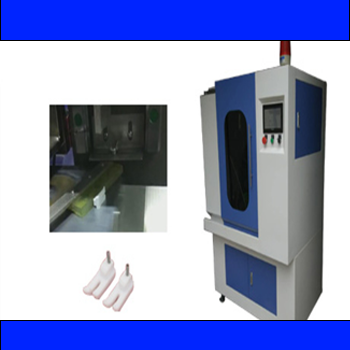
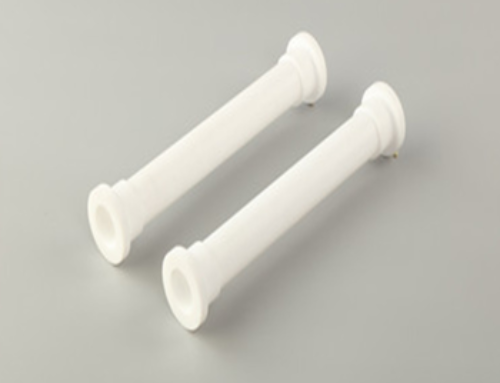
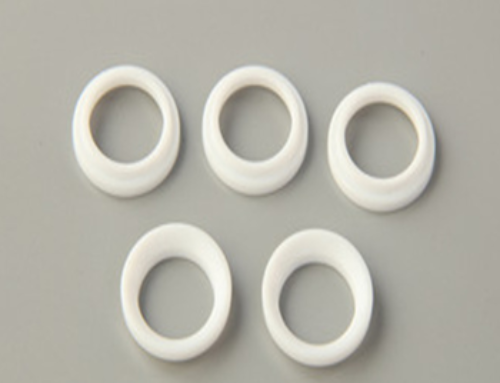
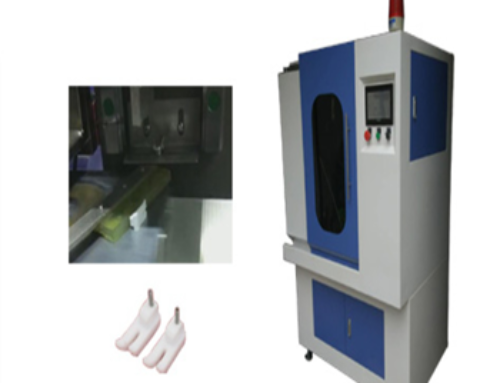
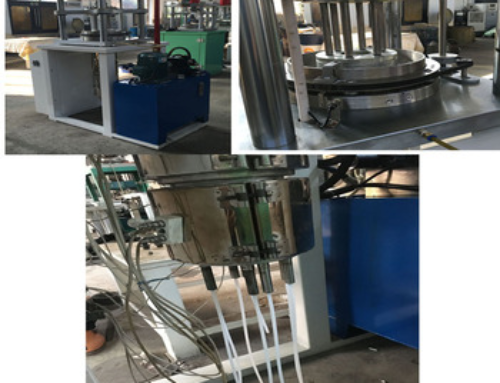
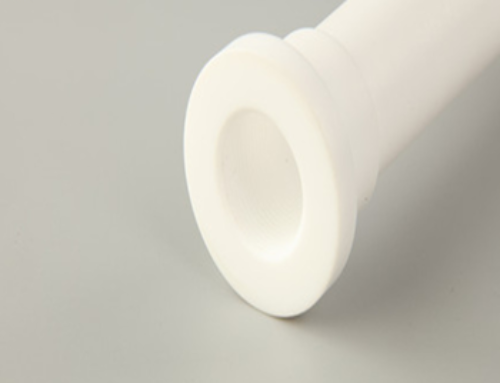

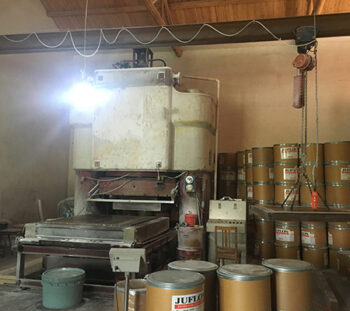
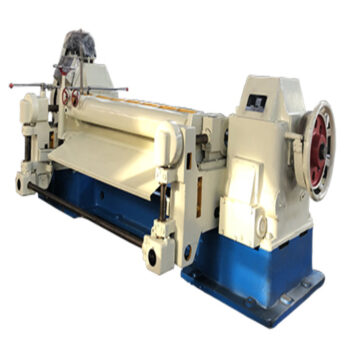
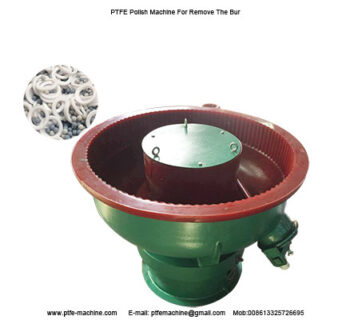
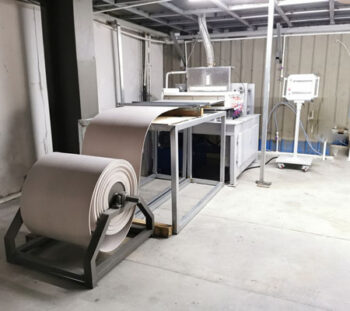
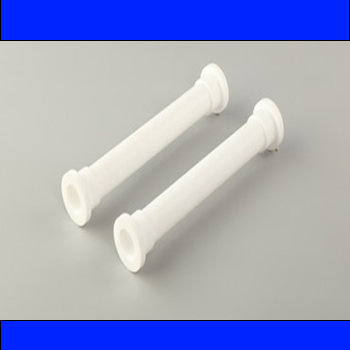

Leave A Comment
You must be logged in to post a comment.